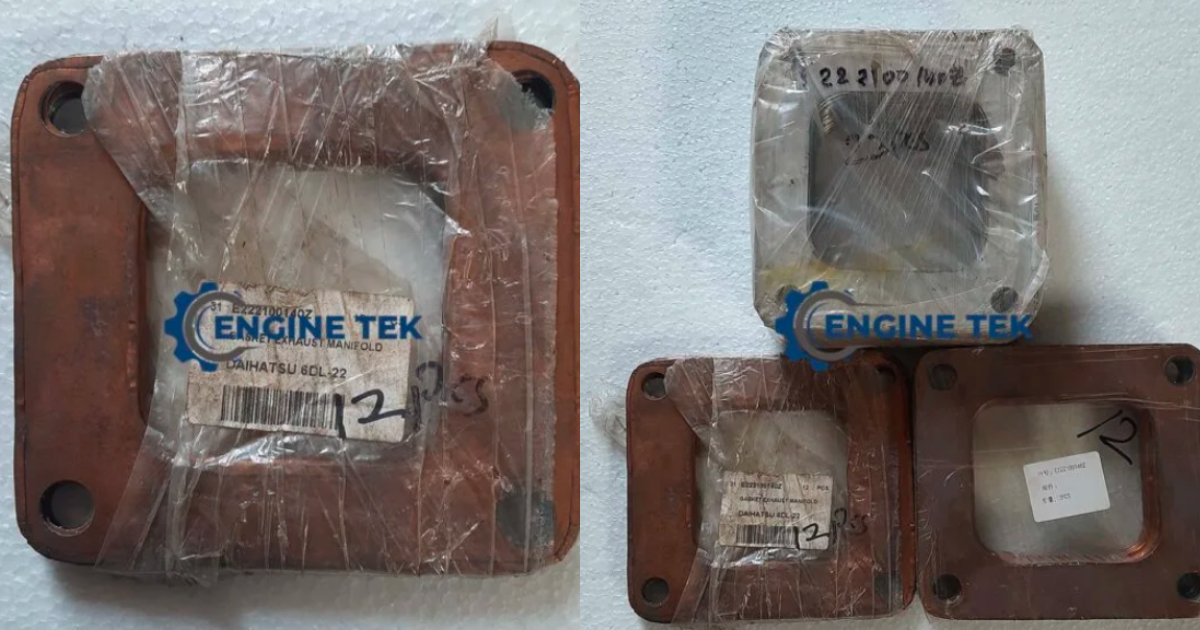
Optimizing thruster controller settings is crucial for ensuring efficient ship maneuvering, particularly in tight harbors, during docking, or when navigating through narrow channels. Thruster controllers are integral to a vessel's propulsion system, enabling precise control over lateral and rotational movements. By fine-tuning these settings, ship operators can achieve smoother, safer, and more energy-efficient maneuvers. Here’s how you can optimize your thruster controller settings for peak performance.
1. Understand Your Vessel’s Dynamics
Before making any adjustments, it's essential to have a thorough understanding of your vessel's hydrodynamics and how it responds to various thruster inputs. Factors such as hull shape, displacement, and current load conditions can significantly influence the effectiveness of the thrusters. Larger vessels with complex hydrodynamics may require more nuanced adjustments compared to smaller, more agile ships.
2. Fine-Tune Thrust Allocation
Modern thruster controllers allow for the distribution of thrust between multiple units. This is particularly relevant for vessels equipped with bow and stern thrusters. By adjusting the thrust allocation, you can ensure that the vessel remains balanced during maneuvers, reducing unnecessary drag and improving responsiveness. For instance, during lateral movements, equal thrust from both bow and stern thrusters can minimize yawing effects, leading to more efficient sideways motion.
3. Leverage Automation Features
Many advanced thruster controllers come with automation features, such as Dynamic Positioning (DP) systems, which can automatically adjust thruster settings based on real-time environmental data. If your system includes such capabilities, take advantage of them. Automated systems can react faster and more precisely to changes in wind, currents, and other external factors than manual controls, leading to more efficient maneuvers.
4. Monitor and Adjust Power Settings
Over-thrusting can lead to unnecessary fuel consumption and increased wear on thruster components. Conversely, under-thrusting may cause sluggish response times, particularly in adverse weather conditions. Regularly monitor the power settings of your thruster controller and adjust them according to the operational environment. Lowering power output in calm conditions can conserve energy, while higher power settings might be necessary when combating strong currents or winds.
5. Conduct Regular Performance Reviews
Finally, it's essential to regularly review the performance of your thruster controllers. After every major maneuver, assess the efficiency of the thruster operations. Look for signs of overuse, such as excessive vibrations or noise, which could indicate that the settings are too aggressive. Making small, incremental adjustments based on these observations will help in fine-tuning the system for optimal performance over time.
By carefully adjusting and regularly reviewing thruster controller settings, ship operators can significantly enhance the efficiency of their vessel's maneuvering capabilities, leading to smoother operations and lower operational costs.

































